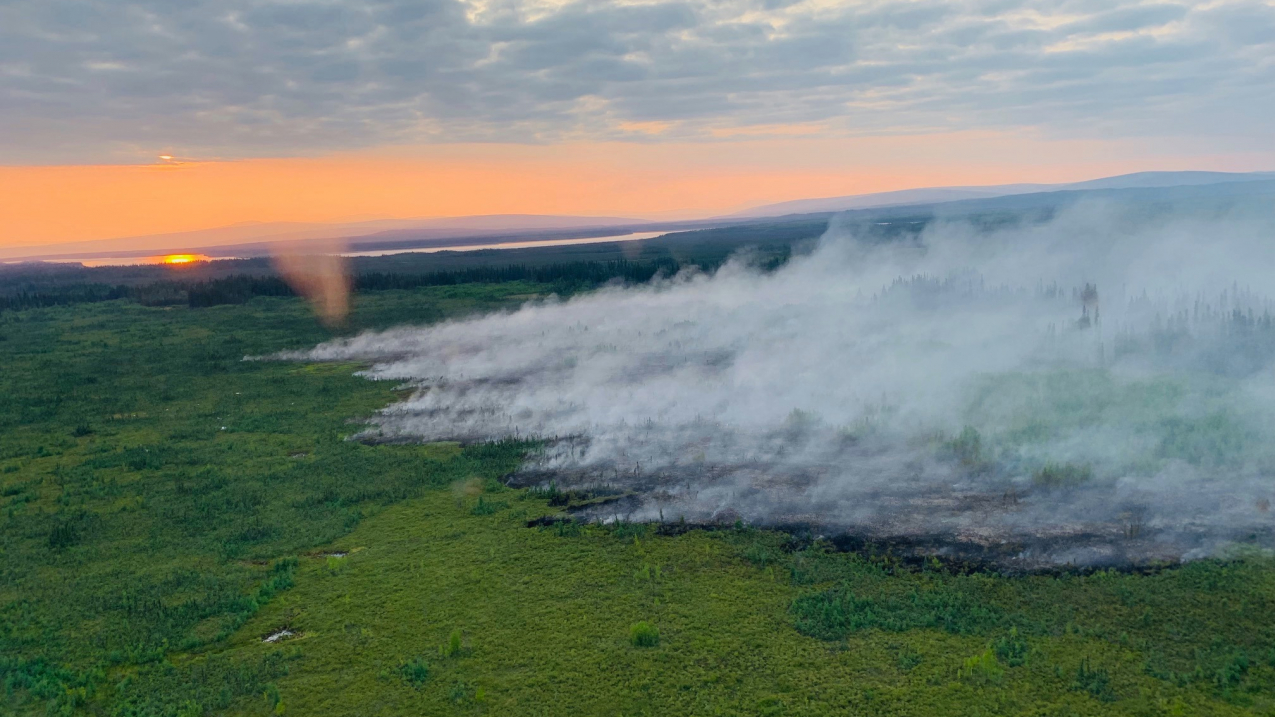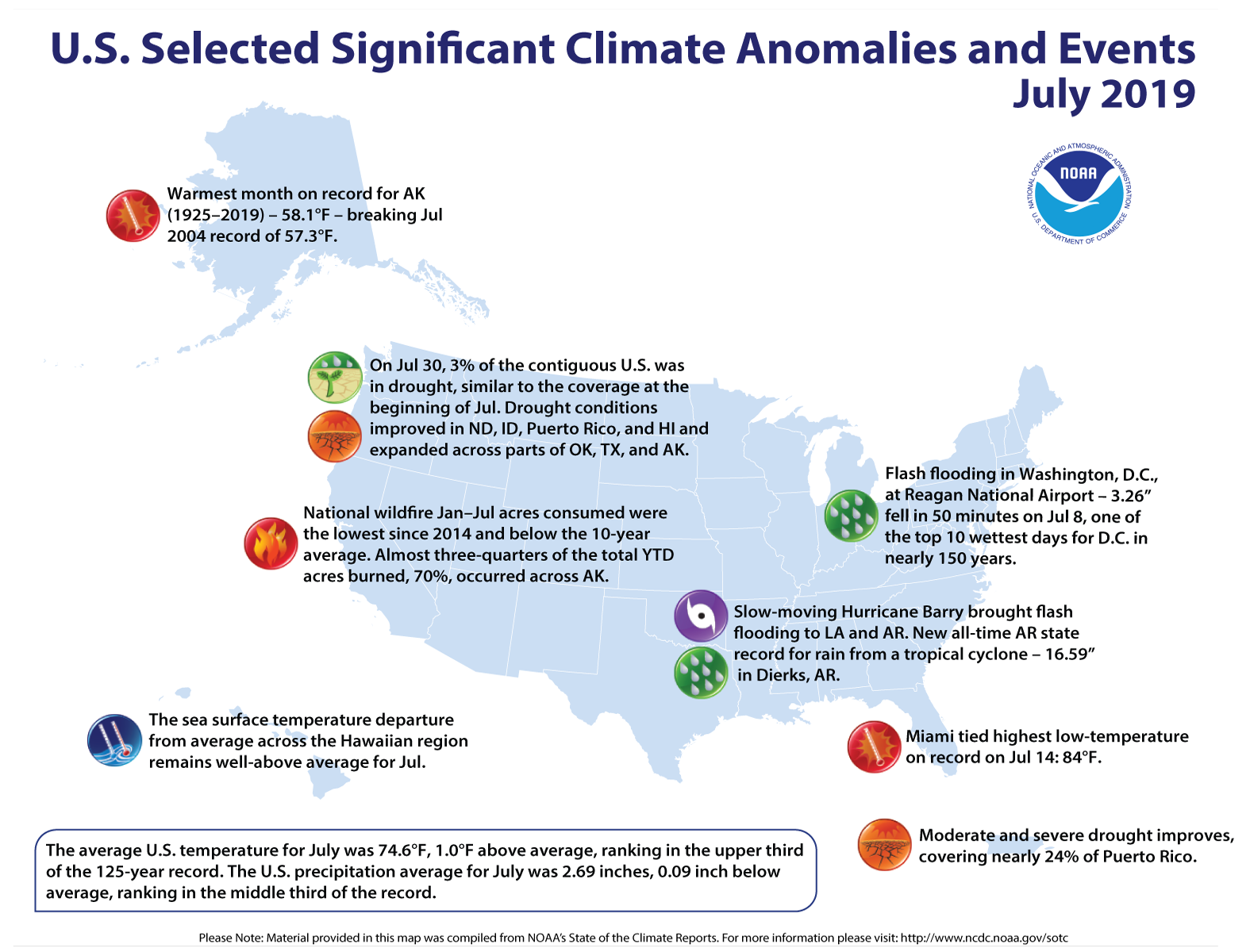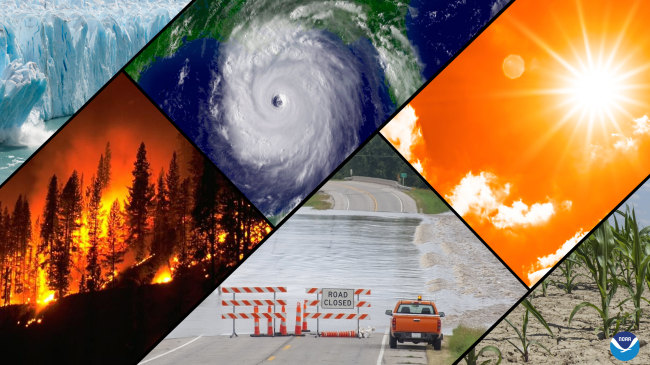U.S. set another record for wettest 12-month period

An abnormally hot, dry July 2019 for Alaska: The Boney Creek Fire (aerial photo) was started on July 18 by lightning and was burning about 10 miles southwest of the village of Tanana and about 2 miles southeast of the nearest allotments as of July 19. (Image credit: Bureau of Land Management Alaska Fire Service)





